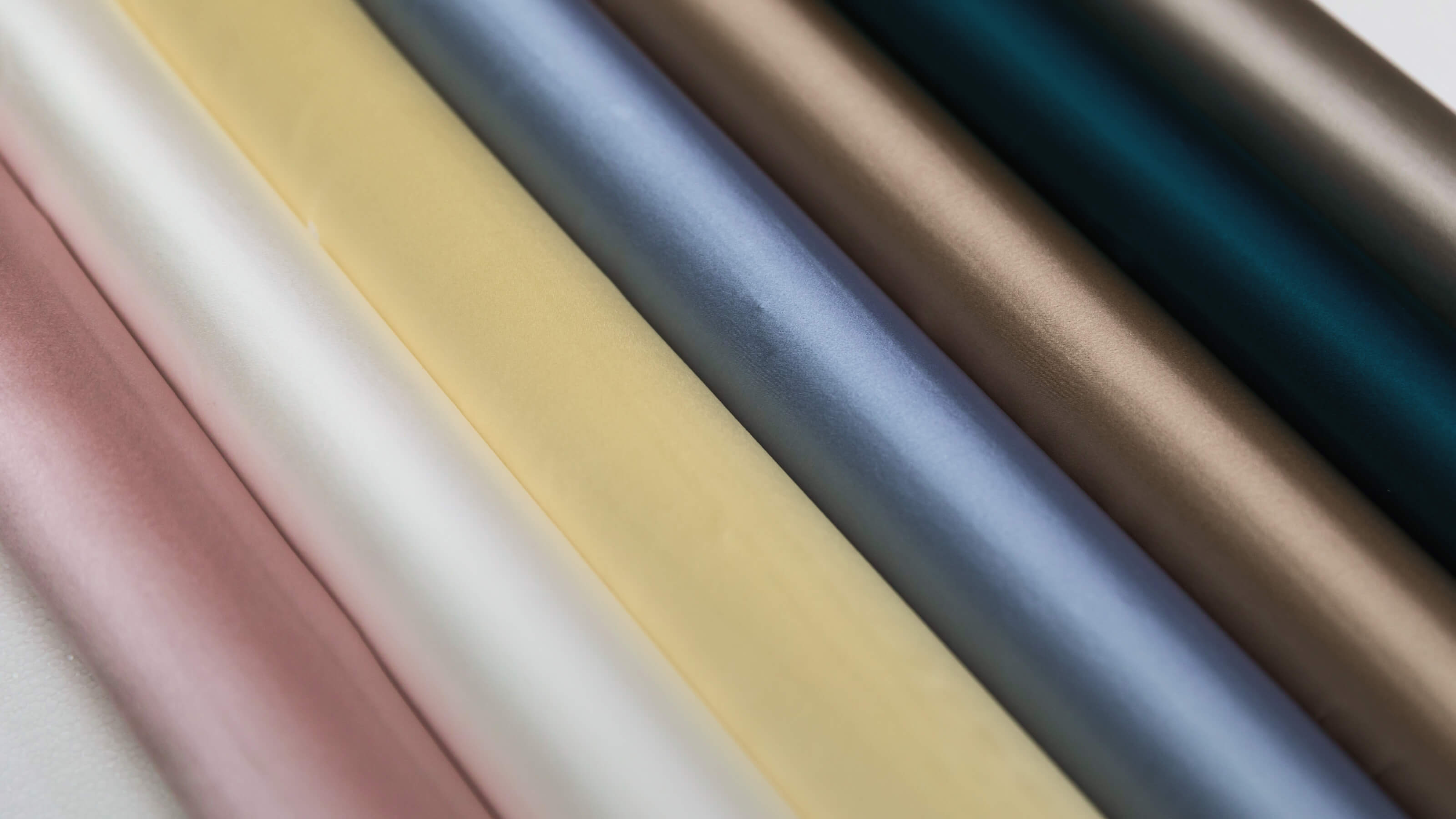
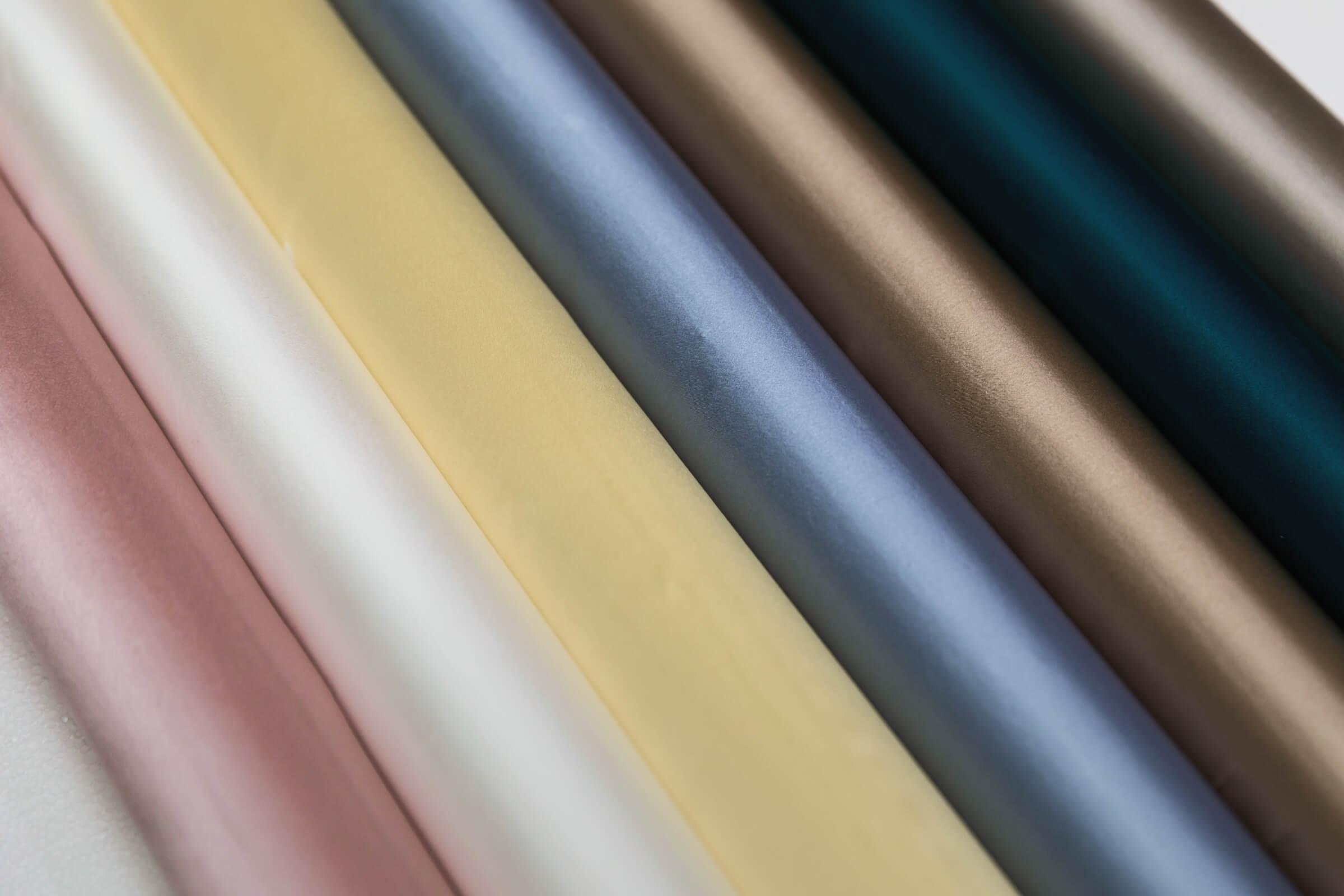
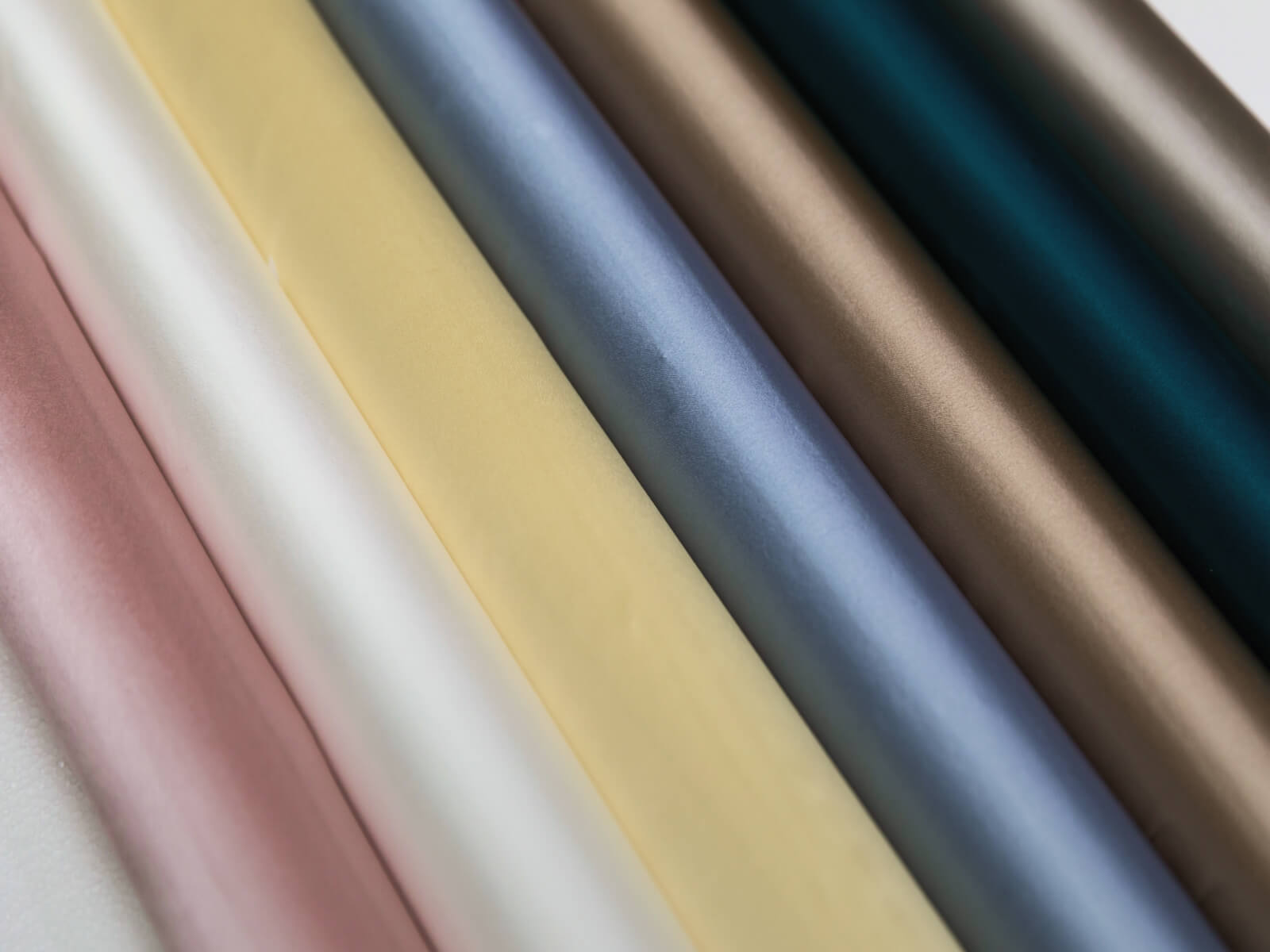
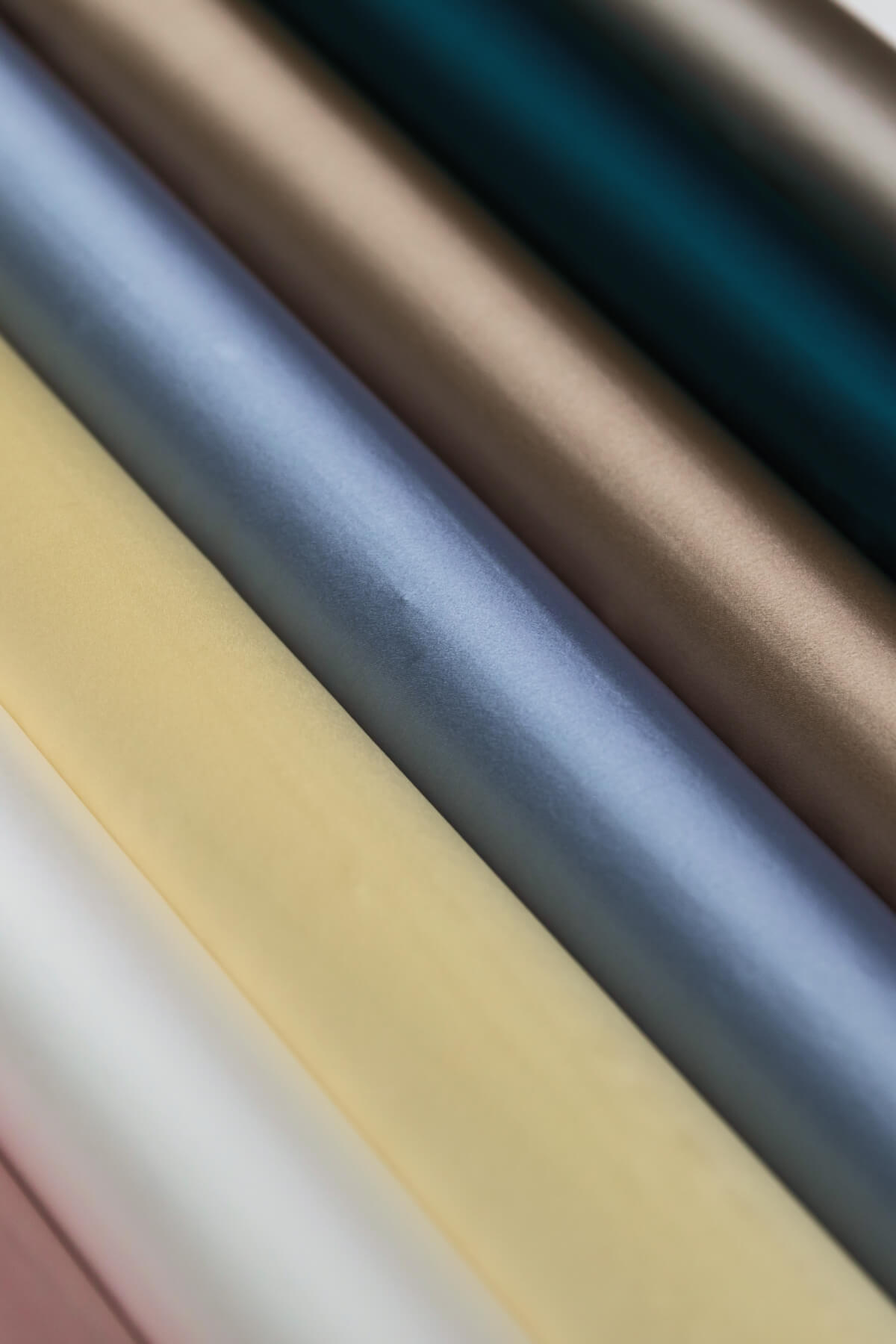
Measurement for Silk - Momme
Momme [mom-ee], the unit measurement for silk since 14th century Japan. One can think of momme as
the "density" for silk, measured by the weight per 100 yards of silk.
How Momme is Measured
How Momme is Measured



HISTORY OF MOMME
14th Century
Momme (匁), a Japanese unit of mass and former unit of currency, first appeared in a family
book during the Bunmei era in 1484. While it is no longer used as a currency, it continues
to be a standard measure in the pearl industry.
19th Century
The concept of momme emerged as an alternative to thread count due to the high number and
variation in threads within cocoons. It entered European parlance among traders in the
nineteenth century.
Early 20th Century
In the early 20th-century Japan was when the metric system officially replaced the shakkanho
system of weights and measures. The basic unit of mass was the Kan, and other measures,
including the monme, were derived from it. The monme, later popularized as momme in the
West, remains the traditional unit of measurement for silk and pearls.
Momme (Weight) Range
Momme weight refers to the weight measurement of silk fabric. The higher the momme weight, the
heavier and more durable the fabric is.
Light Momme
Thinner, more delicate fabric. May have a more sheer or lightweight feel, offering a
delicate and ethereal look.
Medium Momme
Slightly heavier, offering enhanced substance and durability. It strikes a
well-balanced combination of lightness and longevity.
Heavy Momme
Significantly heavier and more substantial fabric. Increased weight, durability, and
mor structured appearance.
Momme (Weight) Ranges for Different Types of Silk Weaves

Chiffon
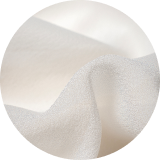
Georgette

Crepe de Chine
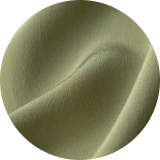
Silk Twill
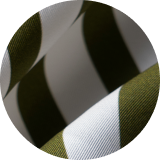
Silk Charmeuse
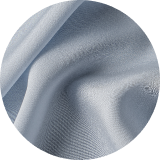
Heavy Crepe de Chine
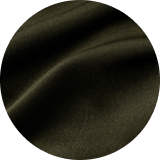
Double Georgette
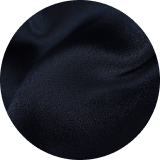
Heavy Charmeuse
|
silk material
|
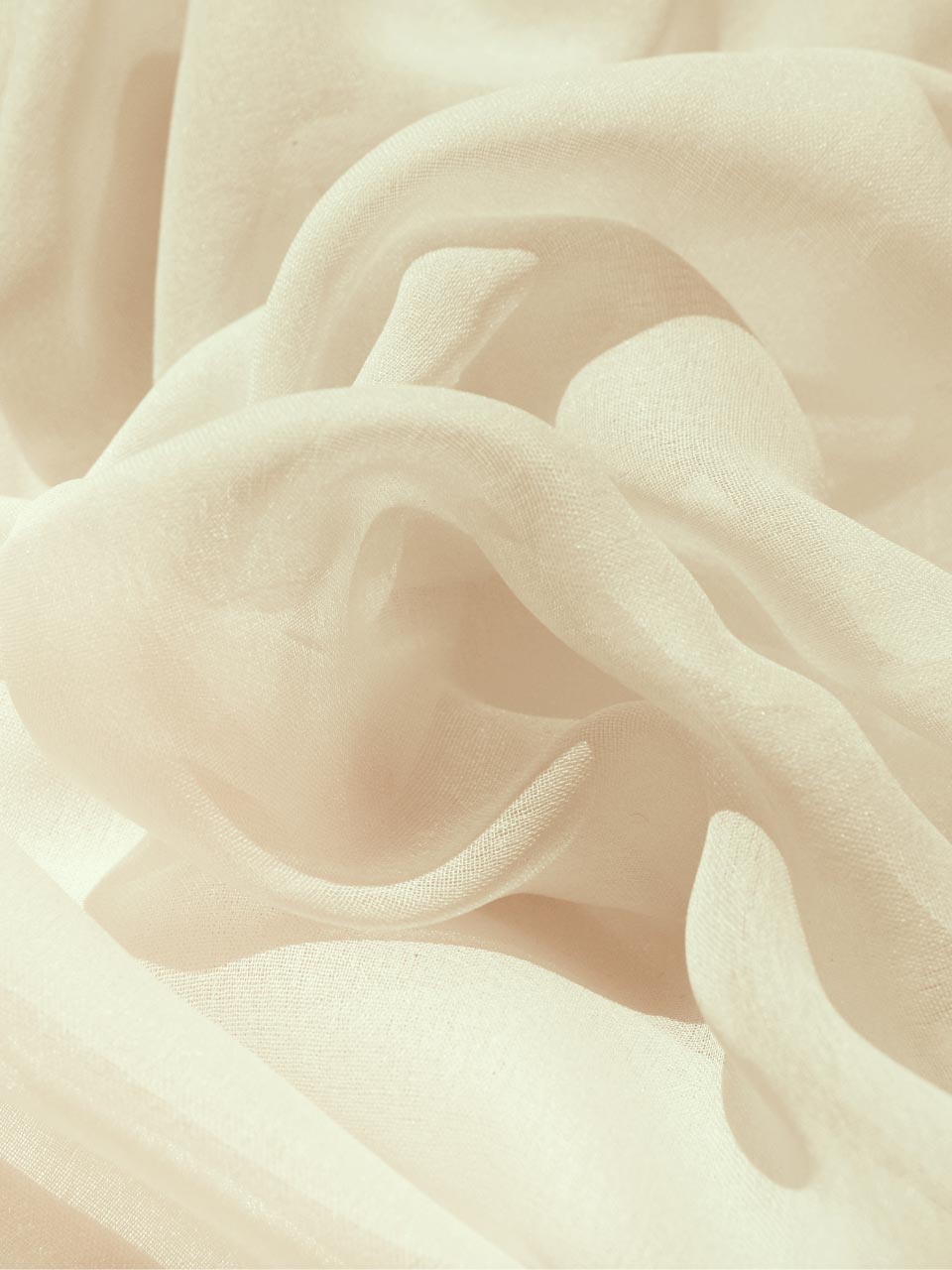
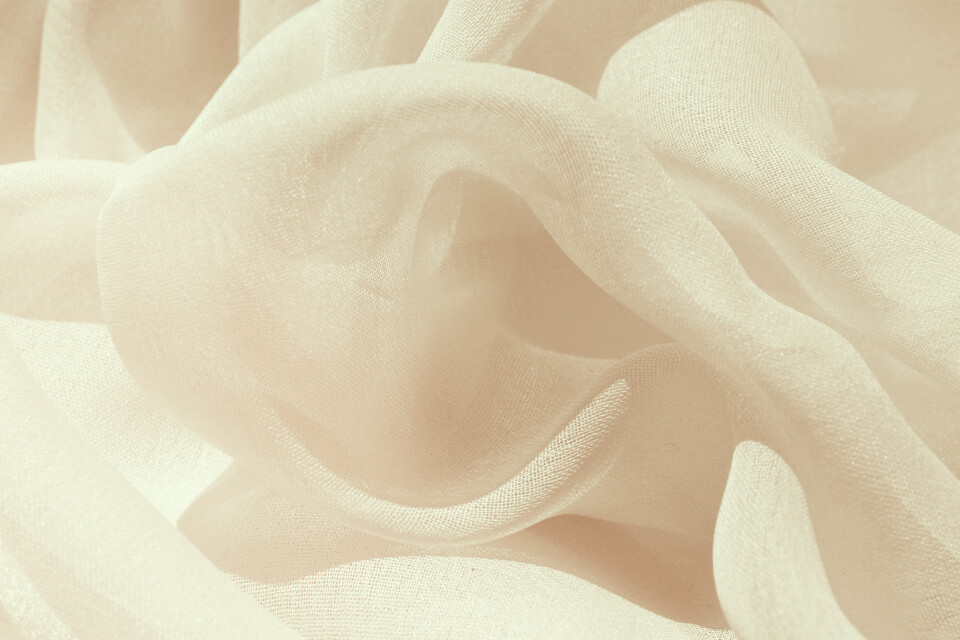
Chiffon
|
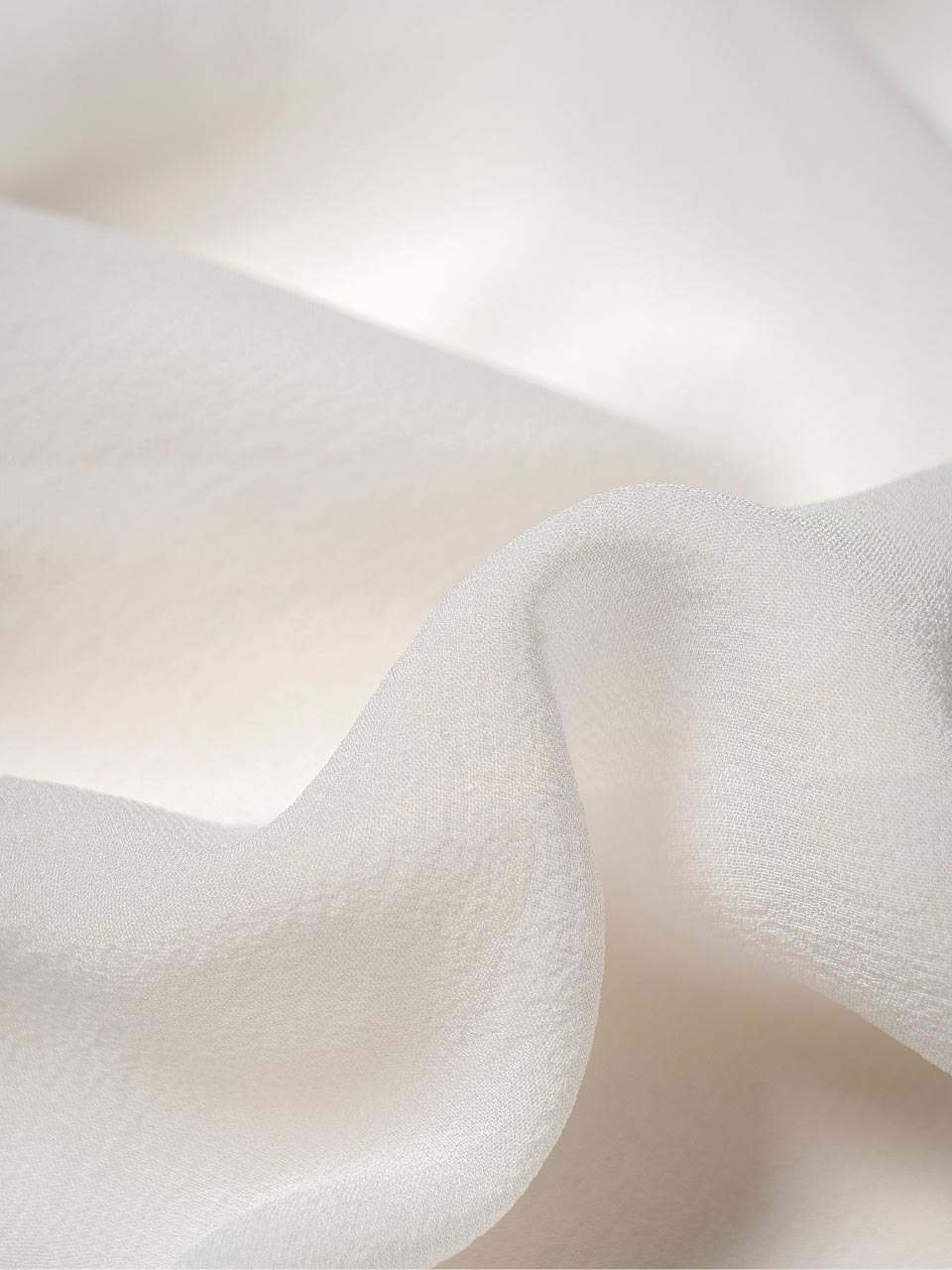
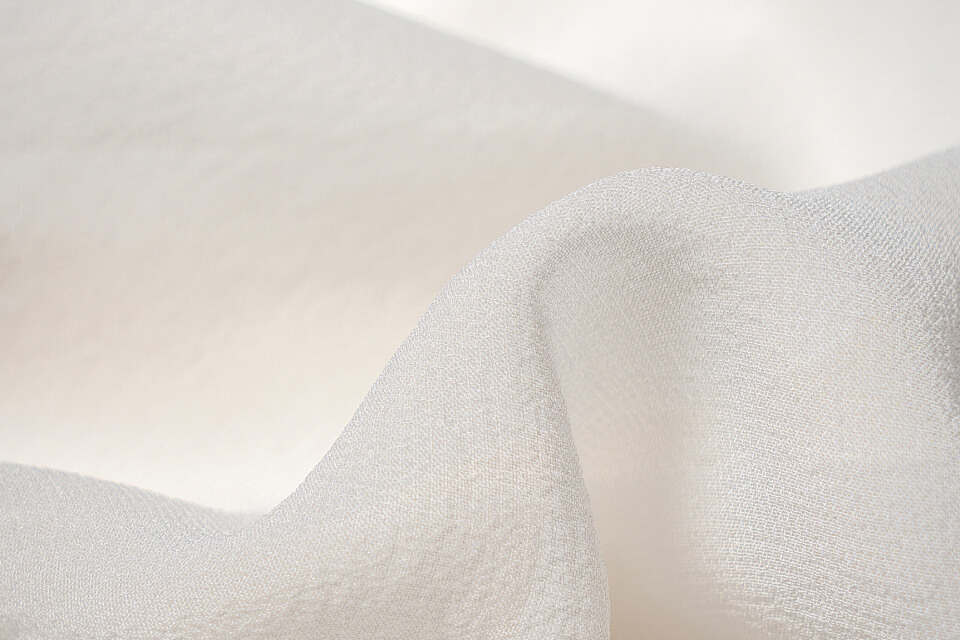
Georgette
|
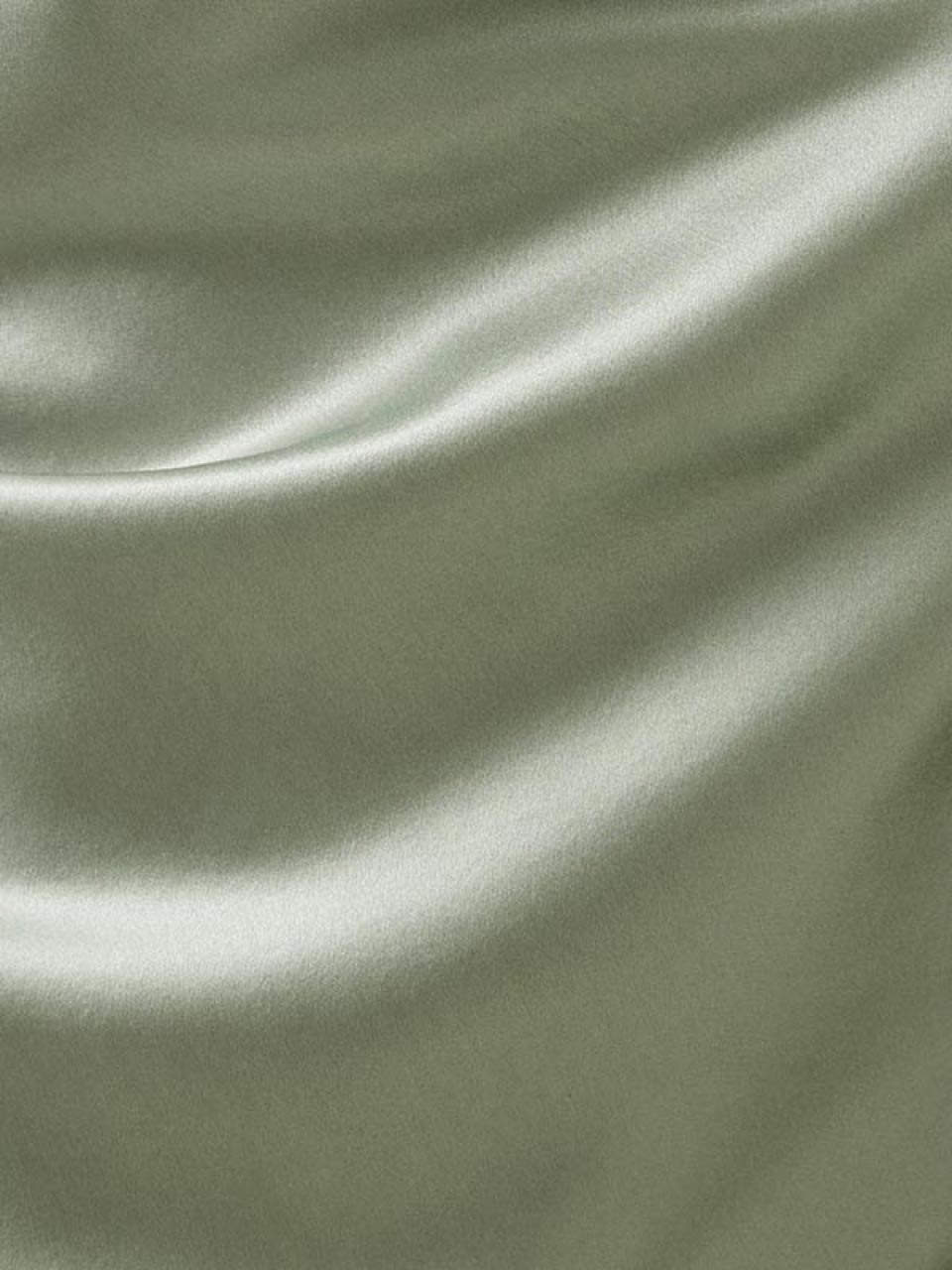

Silk Charmeuse
|
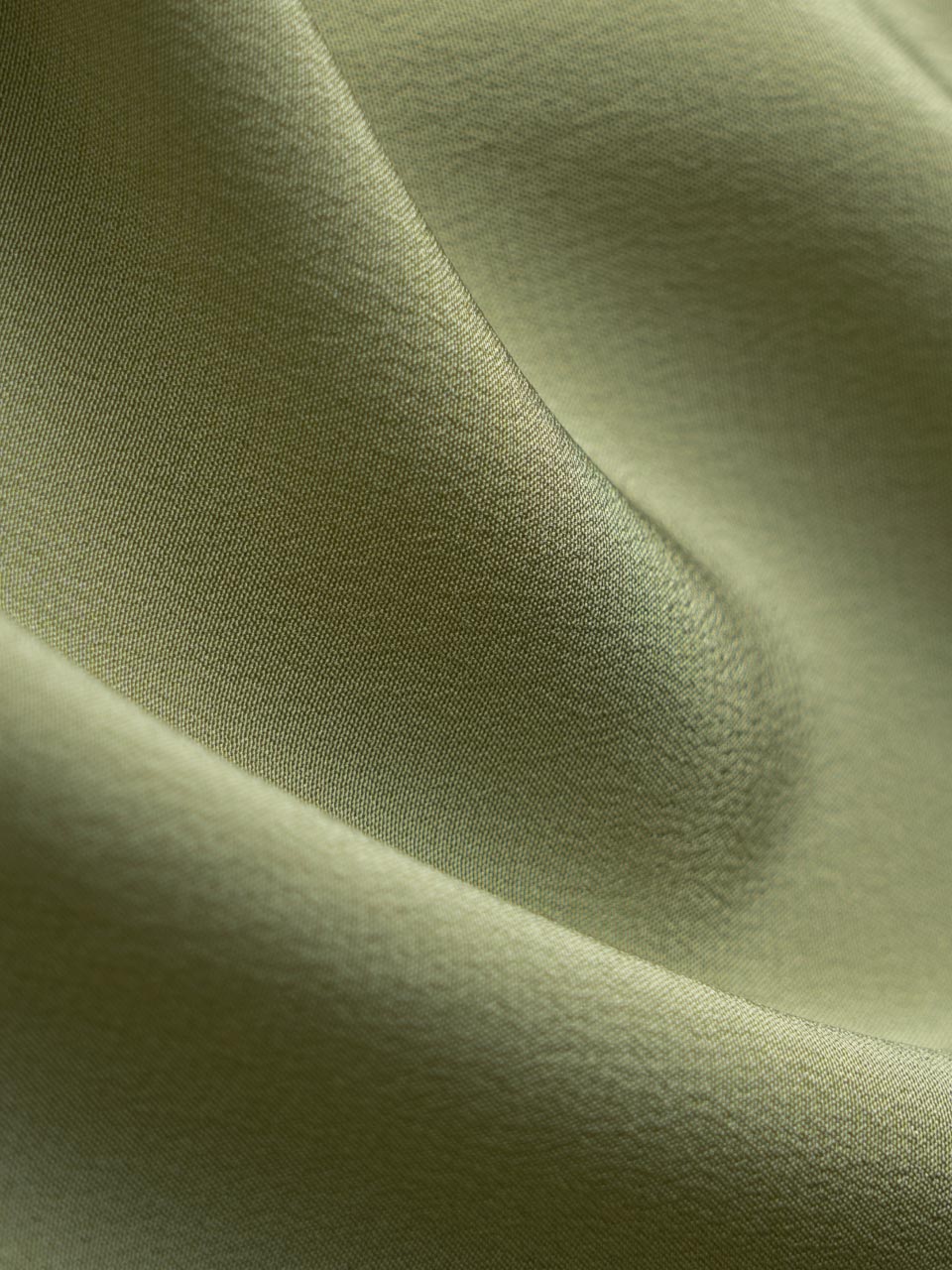
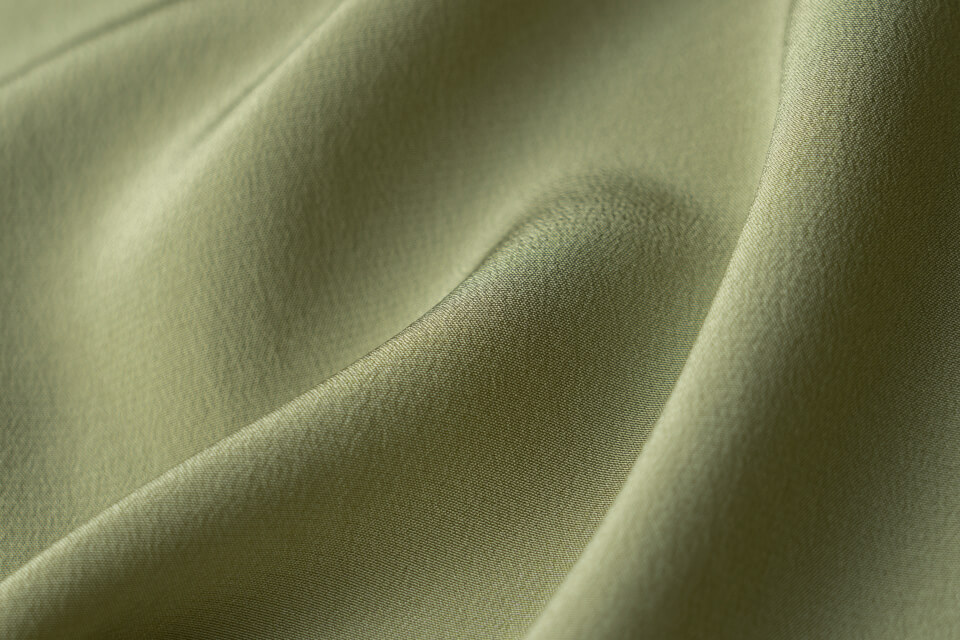
Crepe de Chine
|
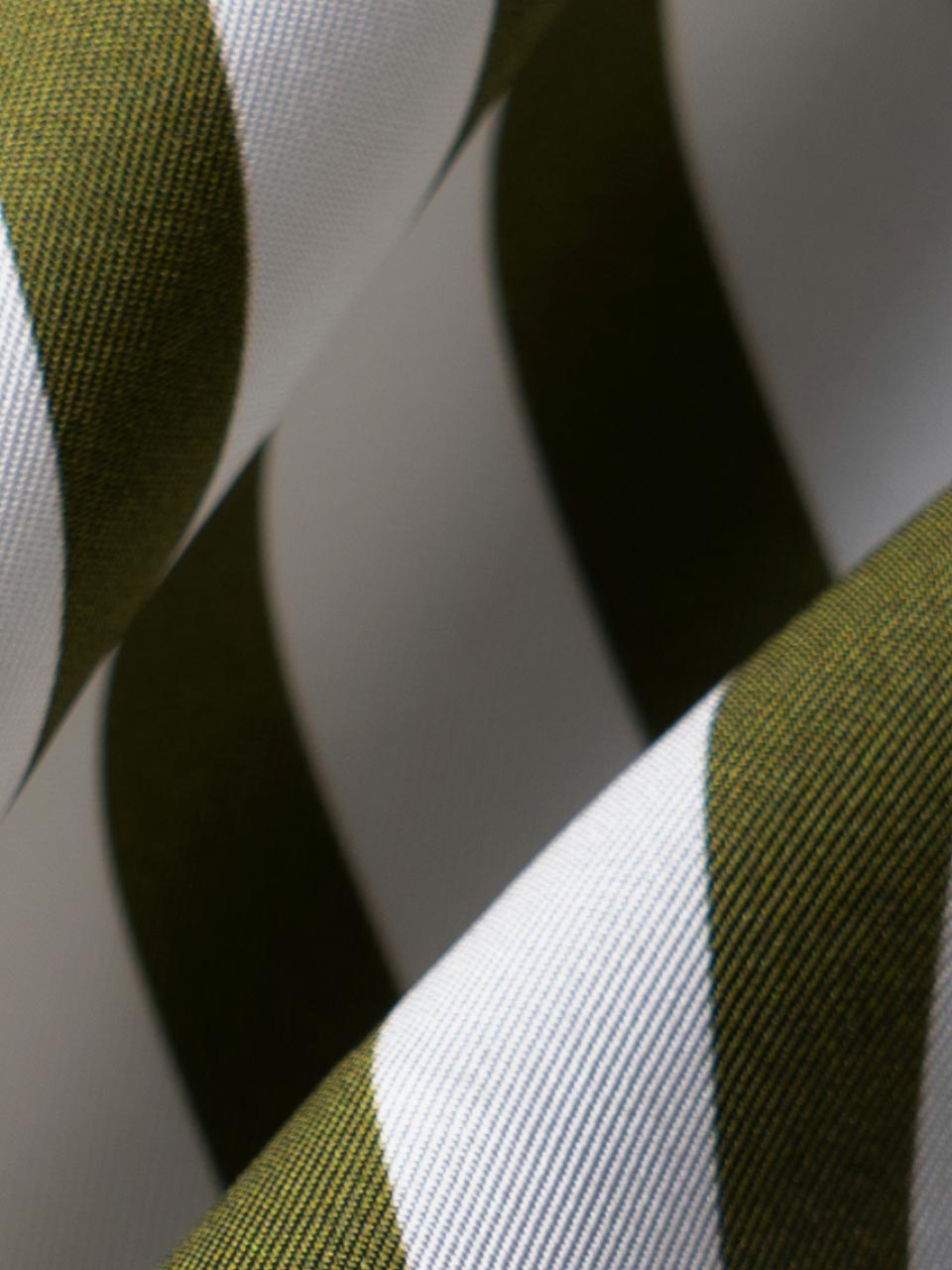
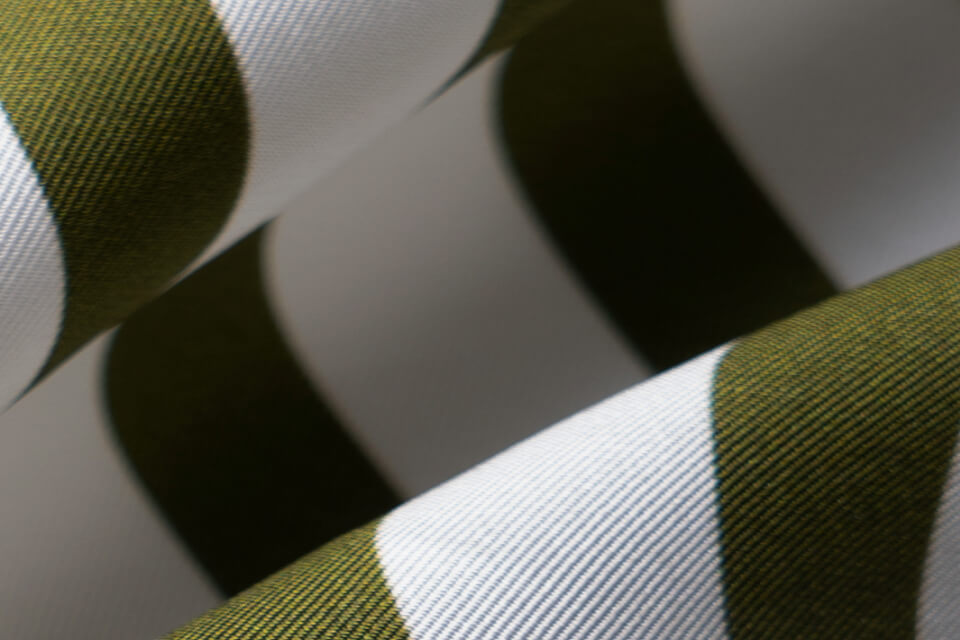
Silk Twill
|

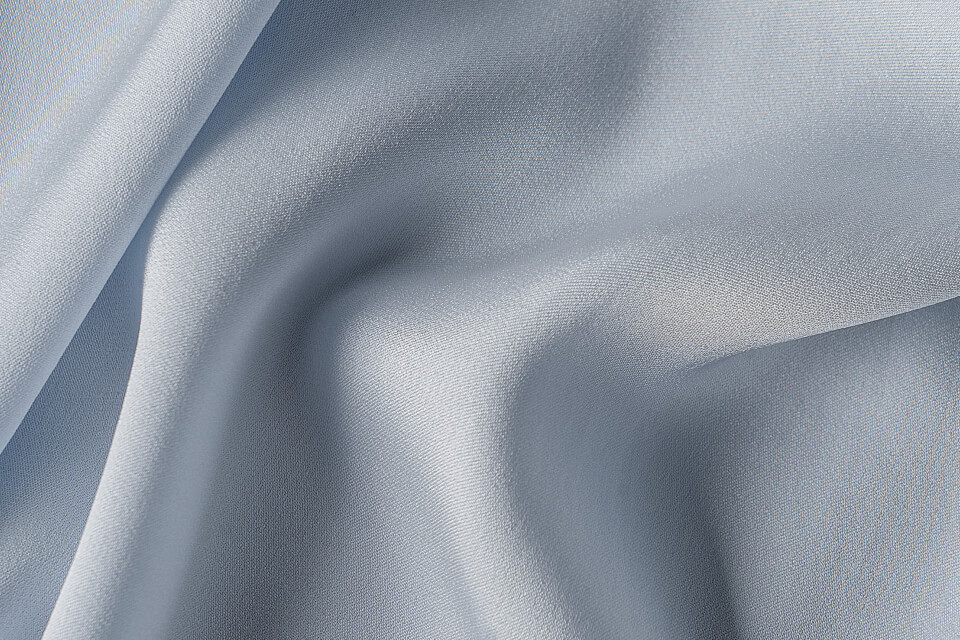
Double Joe
|
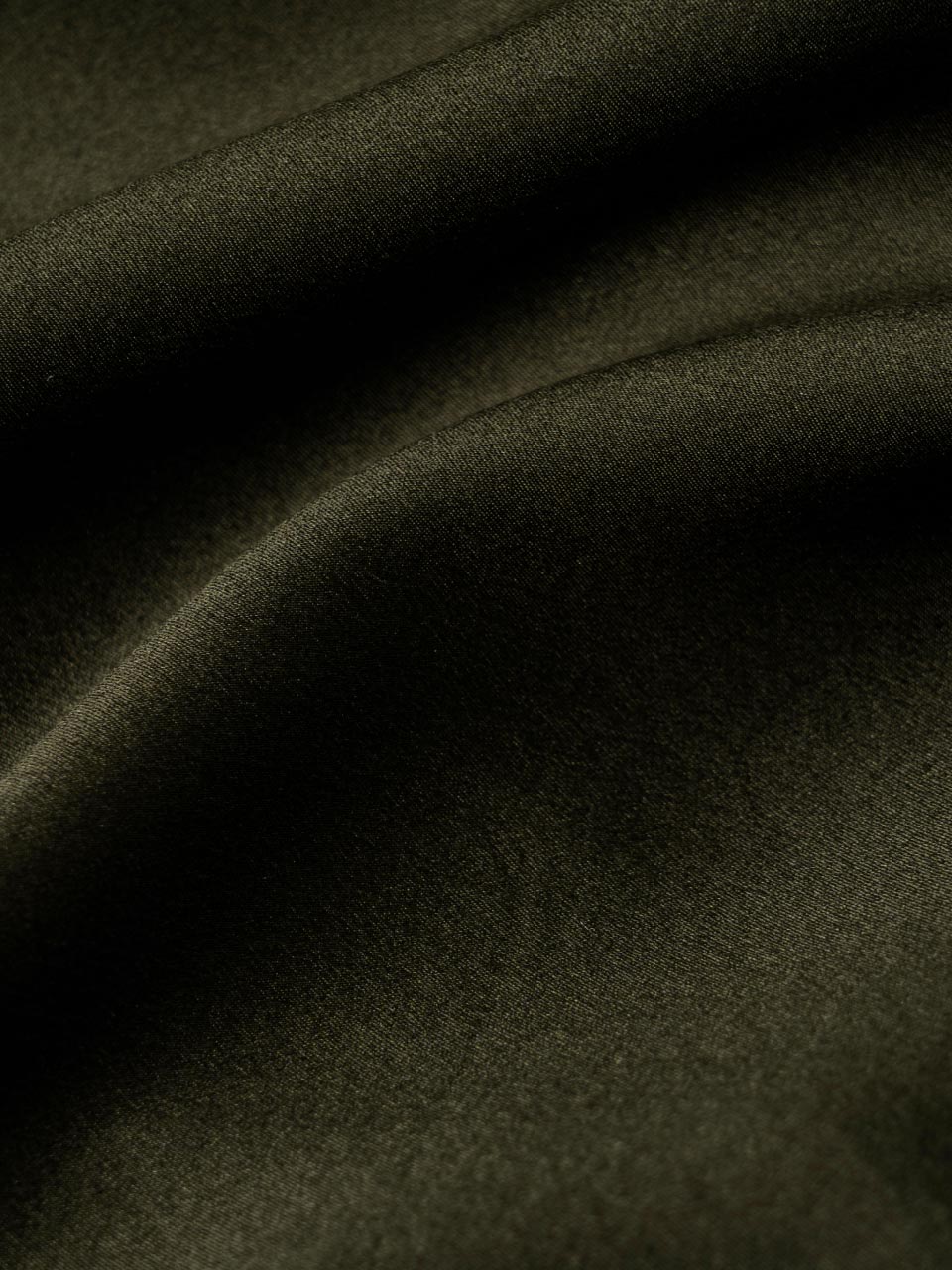
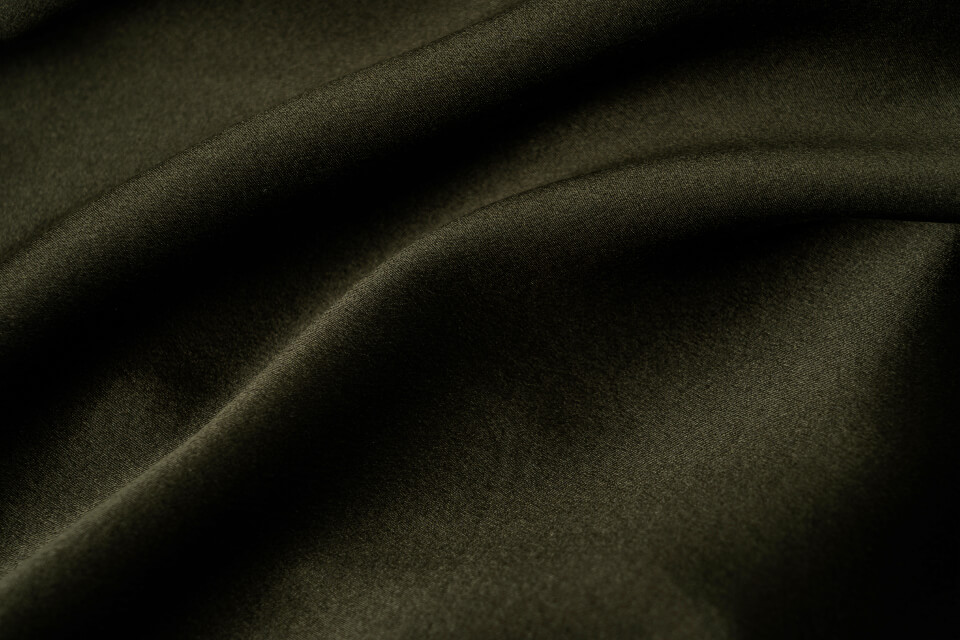
Heavy Charmeuse
|
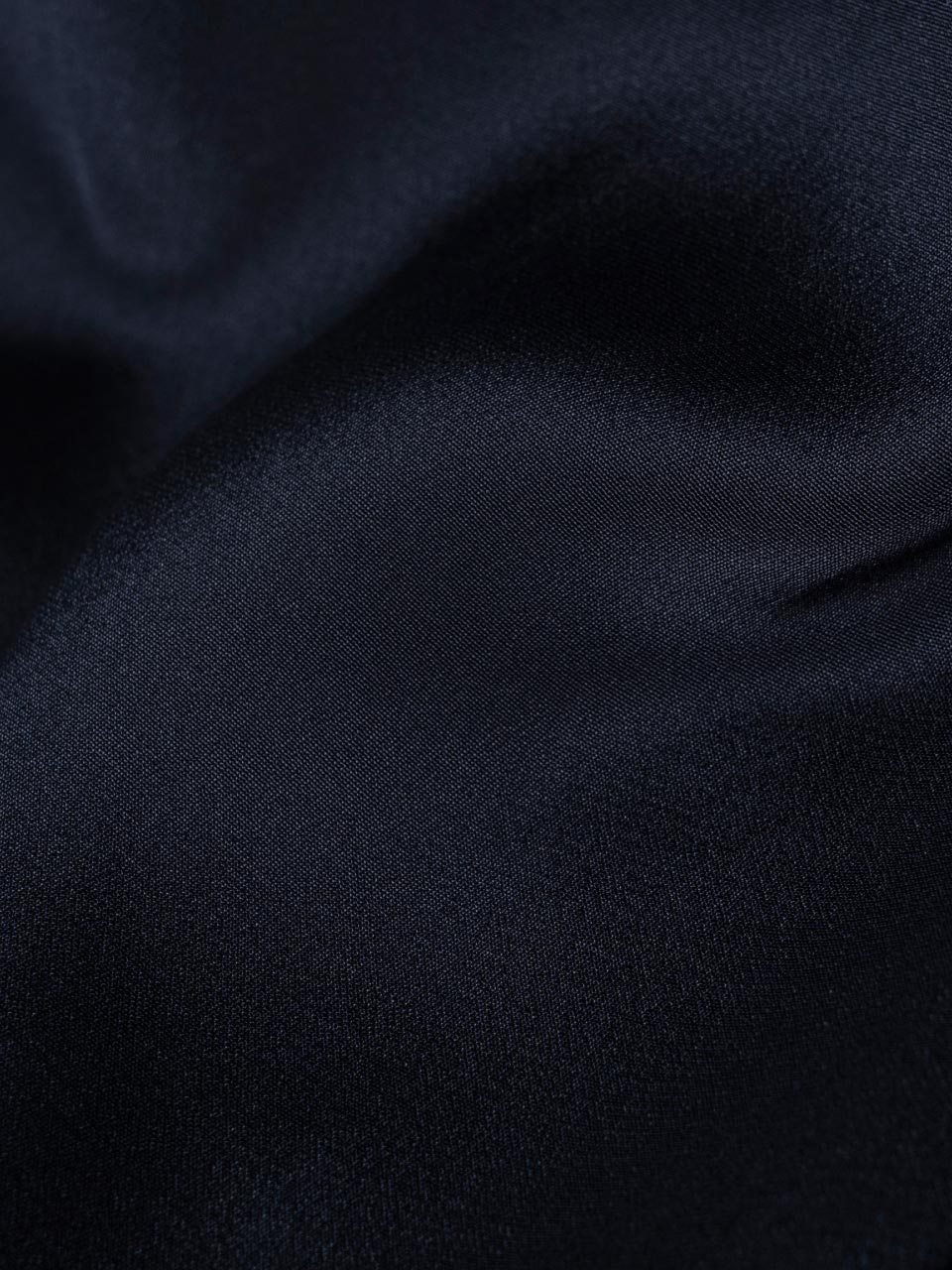
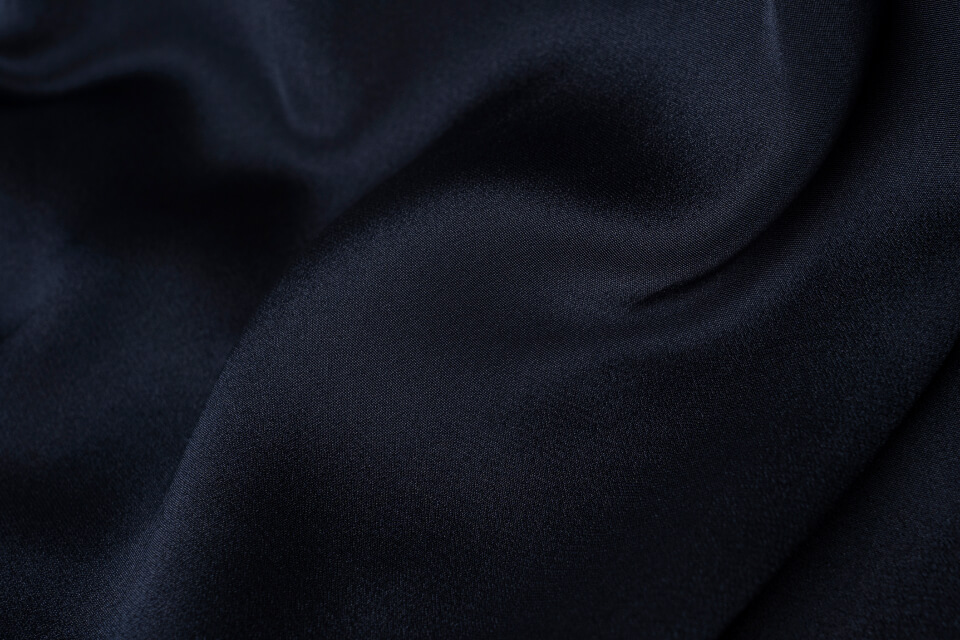
Heavy Crepe de Chine
|
|---|---|---|---|---|---|---|---|---|
|
MOMME RANGE
|
6 - 8 momme
|
8 - 12 momme
|
12 - 16 momme
|
12 - 25 momme
|
12 - 30 momme
|
20 - 25 momme
|
20 - 30 momme
|
25 - 40 momme
|
|
TEXTURE
|
Lightweight, sheer, and slightly rough
|
Crinkly, slightly rough
|
Slightly pebbly, matte finish
|
Smooth with a distinctive diagonal rib pattern
|
Smooth, glossy on one side, matte on the other
|
Heavier, pebbly texture, matte finish
|
Heavier and more opaque than standard Georgette, crinkly
|
Extremely smooth, glossy on one side, matte on the other
|
|
WEIGHT
|
Very lightweight
|
Lightweight to medium
|
Medium
|
Medium to heavyweight
|
Medium to heavyweight
|
Heavyweight
|
Heavy weight
|
Heavyweight
|
|
DURABILITY
|
Low
(delicate and can tear easily)
|
Moderate
(stronger than chiffon, but still delicate)
|
High
(more resistant to wrinkling and tearing)
|
High
(robust and durable)
|
Moderate
(prone to snags but generally sturdy)
|
Very high
(resistant to wrinkles and tearing)
|
High
(more robust than standard Georgette)
|
High
(robust despite its sheen)
|
|
CHARACTERISTIC
|
Very light and airy, often used for layers and decorative elements.
|
Lightweight with a grainy texture, good for fluid, flowing garments
|
Excellent drape with a matte finish, versatile and durable
|
Dense and durable with a slight sheen, often used in structured
garments
|
Luxurious with excellent drape, often used where elegance is desired
|
Dense yet flexible, excellent drape, sophisticated appearance
|
Heavier and denser, providing more structure while retaining fluidity.
|
Luxurious with a significant drape, more substantial feel.
|
|
USE CASES
|
Scarves, evening wear overlays, bridal veils, lightweight blouses.
|
Blouses, dresses, scarves, layered gowns
|
Blouses, dresses, evening wear
|
Ties, scarves, suiting, high-end fashion
|
Lingerie, evening gowns, blouses, high-end bedding
|
High-end dresses, structured garments, luxury evening wear
|
Formal dresses, blouses, luxury garments.
|
Bridal wear, heavy gowns, luxury bedding
|